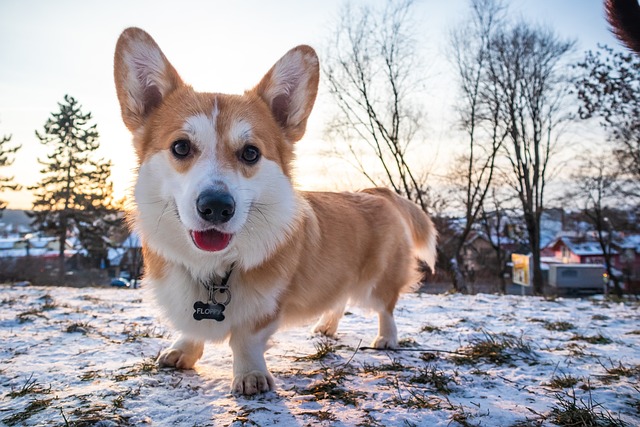
How do i train my dog to be obedient?
Watching your dog dart across the park ignoring your calls isn’t just frustrating—it can put them at risk near busy streets or public spaces.
You’re standing in the park calling your excited Labrador, Luna, as she bolts toward a squirrel – completely deaf to your frantic shouts. Sound familiar? That frustrating disconnect between perfect indoor obedience and outdoor chaos is incredibly common. Outside, your dog faces a sensory overload: squirrels trigger ancient prey drive, unfamiliar dogs spark curiosity (or tension), and city noises compete for attention. Dogs struggle to generalize behaviors – "sit" in your quiet living room doesn’t automatically mean "sit" on a bustling Chicago sidewalk. The solution? Gradually building focus amidst distractions using your dog’s currency – whether that’s steak bites, a squeaky ball, or enthusiastic praise.
Start where success is guaranteed: indoors. Master commands like "watch me" (eye contact) and "leave it" with zero distractions, using tiny, low-calorie training treats. Once Luna nails it 10/10 times, move to your low-stimulus backyard or quiet apartment hallway. Notice her glancing at a falling leaf? That’s your cue! Ask for a "sit" before she fixates. Reward instantly with high value dog treats (think shredded chicken or cheese) when she responds. This teaches her that checking in with you pays better than environmental distractions. Never repeat commands or yell "NO!" – it teaches her she can ignore you 3-4 times before complying. Positive reinforcement builds willing cooperation, aligning with strict anti-aversion laws in Germany and Massachusetts banning shock/prong collars.

Now venture further. Try early morning walks on empty streets near your Seattle apartment. Keep sessions short (5 minutes max). Attach a 6-10ft long line for safety, not retractable leashes that encourage pulling. When Luna glances at you unprompted – jackpot with premium rewards! If she lunges toward another dog (common leash reactivity training challenge), calmly walk sideways creating distance before she reacts. When she disengages, mark ("Yes!") and reward. For critical skills like recall, practice first on a long line in fenced areas like Denver’s designated dog parks during off-peak hours. Gradually increase difficulty: add mild distractions (a person 50ft away), then harder ones (a calm dog across the street). Always set her up to succeed. Apartment dwellers: practice "settle" on building entryway benches to prep for elevator encounters.
Legal and social responsibilities anchor your training. Before practicing recall in public spaces, ensure Luna’s rabies vaccine and local license (e.g., mandatory in L.A. County) are current. Even during training, carry biodegradable bags – scooping immediately is legally required from Central Park to London commons (fines up to £1,000!). Respect leash laws: until Luna’s recall is bombproof, keep her leashed outside fenced areas. Avoid letting her approach leashed dogs or strangers without explicit consent – not all dogs or people are comfortable.
Distraction proofing recall takes months, not days. Celebrate tiny wins! If progress stalls, lower the distraction level ("quiet street" instead of "busy farmer’s market"). Never punish non-compliance; it erodes trust. Instead, make yourself more exciting than squirrels through play and premium rewards. With patience and science-backed methods, those peaceful, connected walks are absolutely within reach.

Watching your dog dart across the park ignoring your calls isn’t just frustrating—it can put them at risk near busy streets or public spaces.

New puppy owners often find themselves rushing to clean up accidents before they set in, and that’s where puppy pad training becomes a game-changer.

If you've noticed your dog's waistline disappearing and your veterinarian has mentioned those few extra pounds, your first instinct might be to simply reduce the amount of food in their bowl.

Training a dog to use a designated spot indoors isn’t as daunting as many new owners fear, but it does take consistency and an understanding of your pet’s needs.

That moment of dread on a walk is all too familiar for many new dog owners. You see another dog approaching down the sidewalk of your neighborhood

If the sight of another dog on your neighborhood walk makes your heart sink as your own dog erupts into a frenzy of barking and lunging, you're not alone.